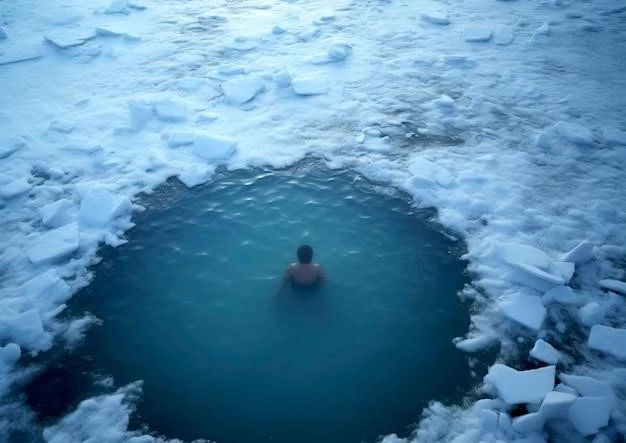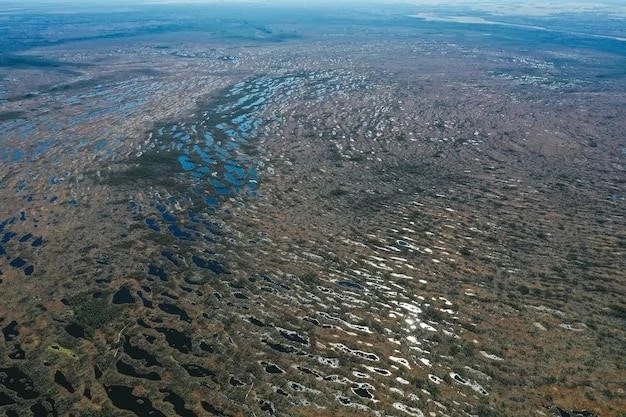Introduction
Subglacial lakes, bodies of liquid water trapped beneath vast ice sheets and glaciers, represent one of Earth’s most extreme environments. These hidden ecosystems have long fascinated scientists, particularly in the context of astrobiology and the search for life beyond Earth. The harsh conditions of subglacial lakes, characterized by perpetual darkness, intense pressure, and frigid temperatures, present a unique challenge to life, yet they also offer a glimpse into the limits of life’s adaptability. This article explores the potential for life in subglacial lakes, examining the environmental factors that govern the presence of life and the unique adaptations that organisms may exhibit.

Environmental Factors and Life’s Limits
The existence of life in subglacial lakes hinges on the interplay of several key environmental factors:
1. Temperature and Pressure
Subglacial lakes are typically characterized by temperatures close to the freezing point of water. The immense pressure exerted by the overlying ice sheet further lowers the freezing point, allowing liquid water to persist even at extremely low temperatures. While these conditions are challenging, some extremophile organisms, such as psychrophiles, have evolved to thrive in such cold environments. The high pressure also presents a significant obstacle, requiring organisms to possess specialized adaptations to survive.
2. Nutrient Supply
The availability of nutrients is crucial for sustaining life in subglacial lakes. While some nutrients may be derived from the surrounding ice or bedrock, the primary source is likely to be the influx of water from melting glaciers or ice sheets. These waters may carry dissolved minerals, organic matter, and microorganisms from the surface, providing a vital food source for the lake’s ecosystem.
3. Light and Energy
The absence of sunlight poses a significant challenge for photosynthesis, the primary energy source for most life on Earth. Instead, life in subglacial lakes may rely on chemosynthesis, a process that derives energy from the oxidation of inorganic compounds. These compounds, such as hydrogen sulfide or methane, may be released from hydrothermal vents or other geological sources, providing an alternative energy source for chemoautotrophic organisms.
4. Oxygen Levels
Oxygen levels in subglacial lakes are likely to be low, due to the limited exchange with the atmosphere. While some organisms may be able to survive in low-oxygen environments, others may rely on anaerobic respiration, a process that does not require oxygen.
Evidence of Life
While direct access to subglacial lakes is limited, scientists have gathered evidence of life through various methods:
1. Sediment Analysis
Analysis of sediment cores retrieved from the ice sheet above subglacial lakes has revealed the presence of microbial life, including bacteria, archaea, and fungi. These microorganisms are likely adapted to the extreme conditions of the subglacial environment, demonstrating the potential for life in these hidden ecosystems.
2. Water Sampling
In rare instances, where the ice sheet thins or collapses, scientists have been able to sample water from subglacial lakes. These samples have revealed the presence of diverse microbial communities, providing further evidence of the potential for life in these environments.
3. Remote Sensing
Advances in remote sensing technology, such as ground-penetrating radar, have allowed scientists to map the location and characteristics of subglacial lakes without direct access. These data provide insights into the potential for life, even in the absence of direct sampling.
Adaptations to Extreme Conditions
Organisms living in subglacial lakes are likely to exhibit remarkable adaptations to survive the extreme conditions:
1. Psychrophily
Psychrophiles are organisms that thrive at low temperatures. They possess enzymes that function optimally at near-freezing temperatures, allowing them to maintain metabolic activity in the cold environment.
2. Piezophily
Piezophiles are organisms that are adapted to high pressure. They possess specialized cell membranes and proteins that can withstand the intense pressure exerted by the overlying ice sheet.
3. Chemosynthesis
Chemoautotrophic organisms derive energy from the oxidation of inorganic compounds, such as hydrogen sulfide or methane. This adaptation allows them to thrive in environments where sunlight is absent.
4. Anaerobic Respiration
Some organisms may rely on anaerobic respiration, a process that does not require oxygen. This adaptation allows them to survive in environments with low oxygen levels.

Astrobiological Implications
The study of subglacial lakes has significant implications for astrobiology, the search for life beyond Earth. These environments provide a terrestrial analog for potential habitable environments on other planets and moons, such as Europa, a moon of Jupiter, and Enceladus, a moon of Saturn. The discovery of life in subglacial lakes would strengthen the argument for the possibility of life in other extreme environments, pushing the boundaries of our understanding of the limits of life.
Conclusion
Subglacial lakes represent a unique and challenging environment for life. While the extreme conditions pose significant obstacles, the evidence suggests that life can and does exist in these hidden ecosystems. Organisms living in subglacial lakes are likely to exhibit remarkable adaptations to survive the cold, pressure, nutrient limitations, and low oxygen levels. The study of subglacial lakes has important implications for astrobiology, suggesting that life may be able to thrive in environments previously thought to be uninhabitable. As our understanding of these hidden worlds grows, we are likely to uncover further evidence of the resilience and adaptability of life on Earth, expanding our search for life beyond our own planet;










